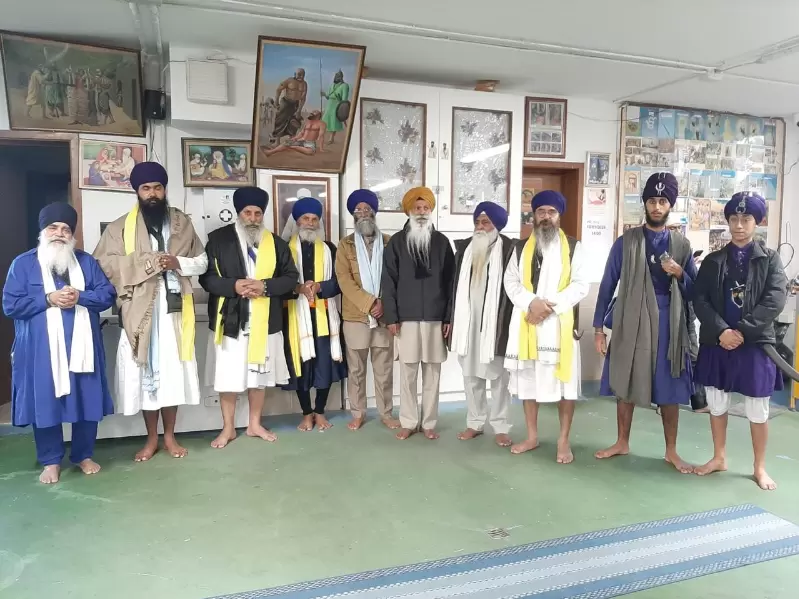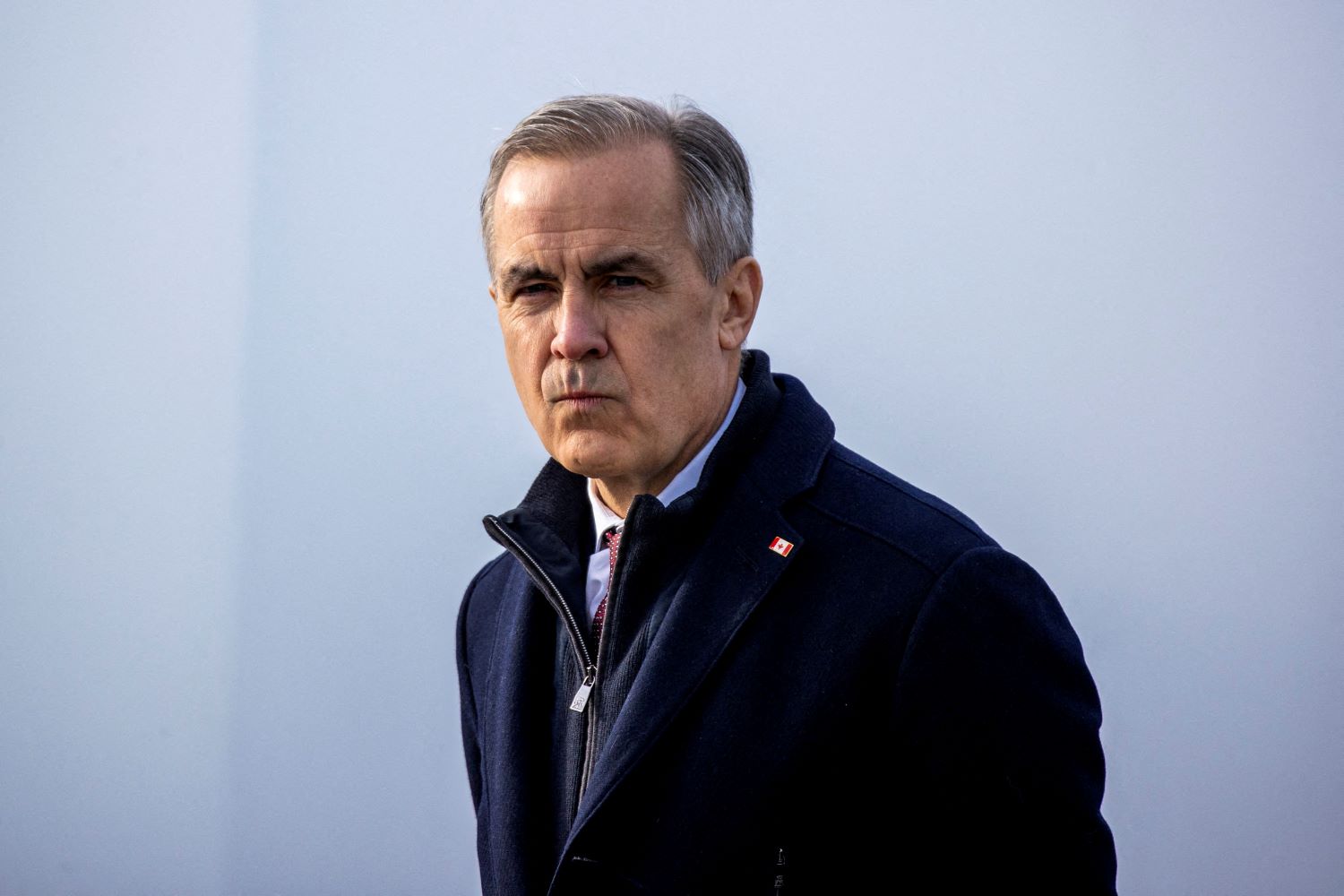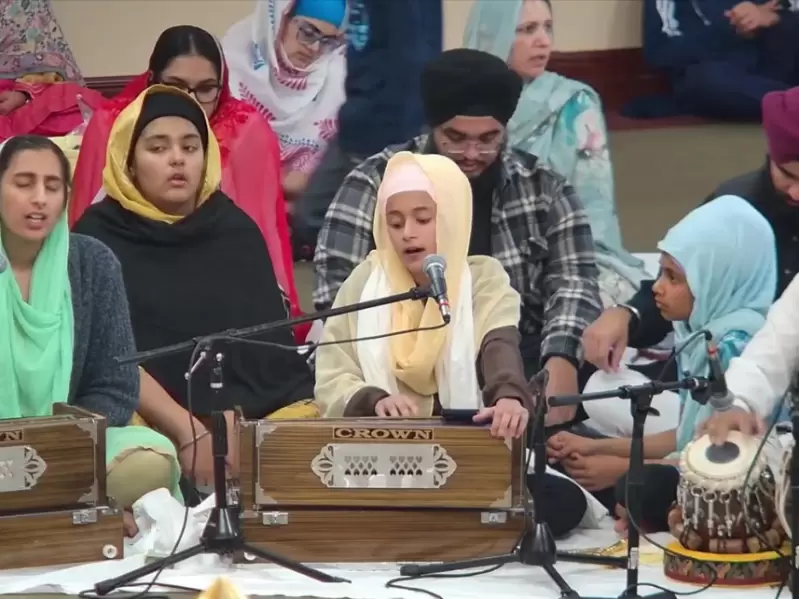Justice for Pahalgam drove operation Sindoor: Foreign Secretary Misri
Operation Sindoor was launched to give justice to victims of Pahalgam terrorist attack: Indian Army
.jpg) File / Reuters
File / Reuters
India's Foreign Secretary Vikram Misri said hours after Operation Sindoor on May 7 that the strikes targeted high-value Lashkar-e-Taiba and Jaish-e-Mohammed strongholds in Muridke, Bahawalpur, Muzaffarabad, and Kotli. “The families who were attacked in Pahalgam were threatened and told to convey the message of that barbarism. Since tourism was again flourishing in J&K, and hence the main aim of the attack was to damage that,” he said.
From the Indian Army, Colonel Sophia Qureshi, and Wing Commander Vyomika Singh detailed the government’s recently executed counter-terror operation, Operation Sindoor, from the military point of view.
Misri confirmed that the terror group responsible for the Pahalgam attack is the Resistance Front (TRF), which is linked to Lashkar-e-Taiba. He added that Pakistan’s involvement has been established and that the country “has become a safe haven for terrorists from around the world.”
“Even 15 days after the attack, Pakistan has not taken any action against the terrorists,” Misri stated, adding that Operation Sindoor was carefully calibrated to be “measured and non-escalatory in nature,” aimed solely at dismantling terrorist infrastructure.
The government also presented a visual documentary chronicling a series of terrorist attacks in India during the media briefing.
Col Qureshi confirmed the operation’s scope and objective: “Operation Sindoor was launched to give justice to victims of Pahalgam terrorist attack. Nine terrorist camps were targeted and destroyed.”
The strikes were launched at 1:05 am on May 7 and lasted 25 minutes. Among the targets destroyed, officials said, was the very camp where Ajmal Kasab and David Headley had trained.
“Operation Sindoor was launched to deliver justice to the victims of Pahalgam,” Misri said.
ADVERTISEMENT
ADVERTISEMENT
E Paper
Video



 Pranavi Sharma
Pranavi Sharma












Comments
Start the conversation
Become a member of New India Abroad to start commenting.
Sign Up Now
Already have an account? Login